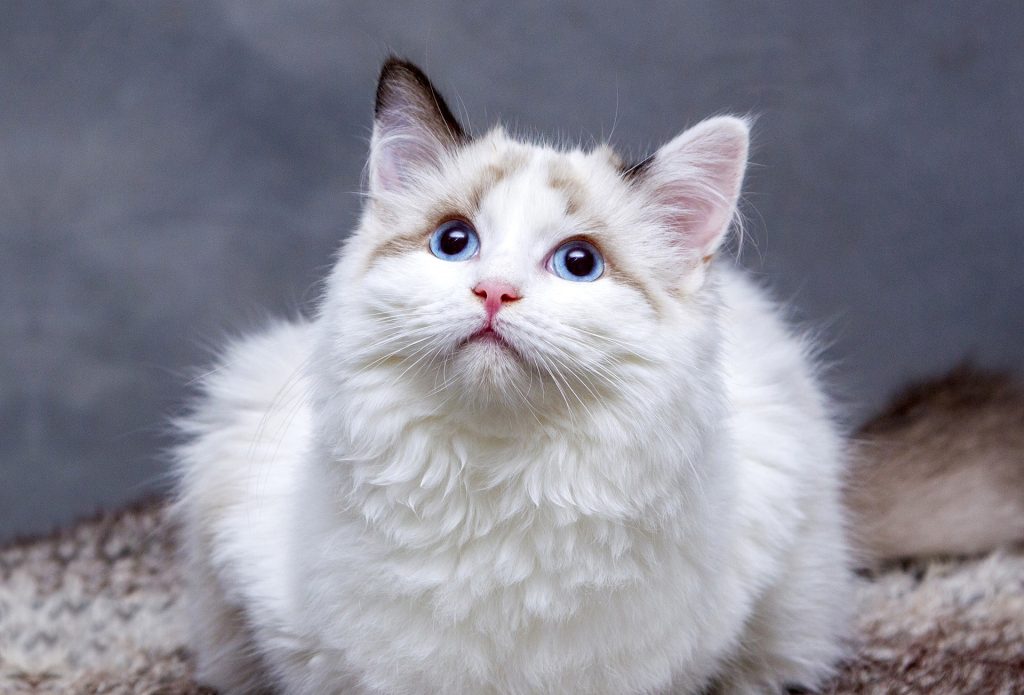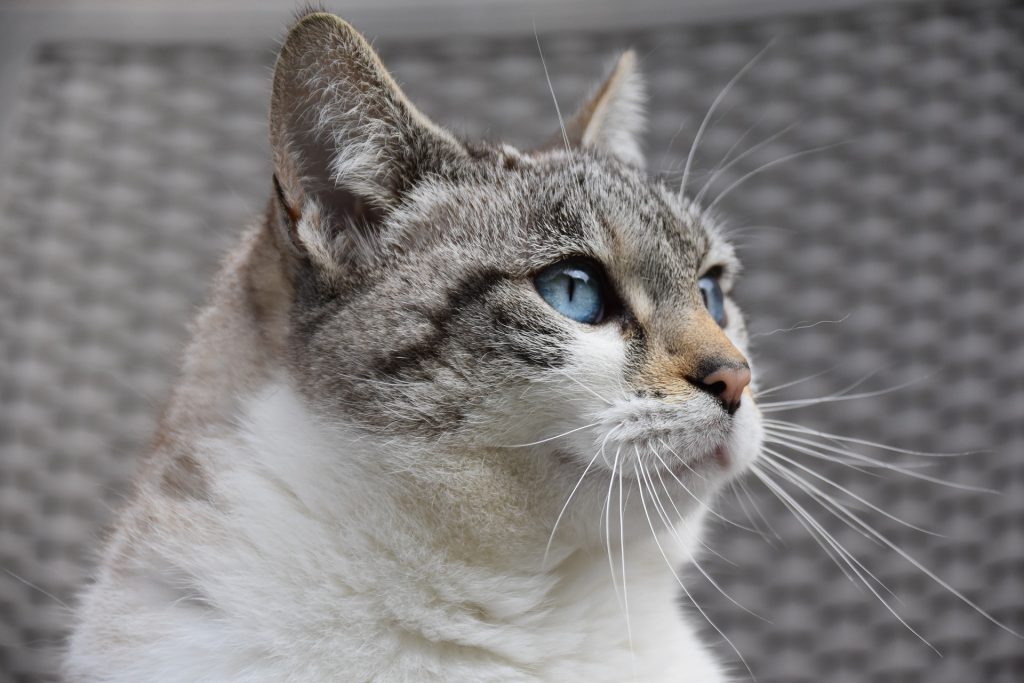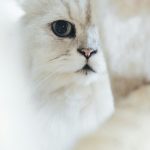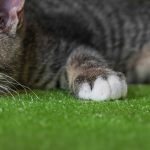Table of Contents
I’ve noticed lately that my Siamese cat has been visiting her water bowl more often than usual. It got me curious about what might be causing her to drink so much water. I know that each cat is unique, and so is their water intake, but it’s essential to understand the difference between normal thirst and signs that could indicate health problems. Increased thirst can be a symptom of several issues in cats, such as kidney failure, diabetes mellitus, or other chronic conditions. Especially in older cats, these health problems could lead to more severe complications like excessive urination or even changes in appetite.
Monitoring my cat’s water intake has become part of our routine. I’ve started to measure how much my cat drinks to spot any significant changes. If I see signs like increased appetite, vomiting, or diarrhea, or if she’s drinking a lot of water and I can’t attribute it to normal behavior, I’ll take my cat to the vet. Thankfully, it’s easy to book an appointment online. Paying attention to her water bowl habits and the size of urine clumps in the litter box gives me clues about my cat’s health and whether I should be concerned.
Deciphering Normal vs Excessive Thirst in Cats
Understanding what’s normal for your cat is the first step in recognizing excessive thirst. If my feline friend starts drinking more than usual without any clear reason, like hot weather or a switch to dry cat food, I know it’s time to consult my veterinarian. Along with increased thirst, if she’s showing any other worrying symptoms like lethargy or weight loss, I won’t hesitate to schedule an appointment. Depending on the diagnosis, treatment or management could range from a simple diet change to more comprehensive care, which might include blood and urine tests or a specialized treatment plan.
Evaluating Your Cat’s Daily Water Intake
Knowing how much water is normal for a cat to drink each day is crucial. Generally, a cat should drink about 4 ounces of water for every 5 pounds of body weight. So, for my two Siamese cats who are around 10 pounds each, I’d expect them to drink about 8 ounces daily. Of course, this can vary; larger cats and those that are more active may need more water. However, I always keep an eye out for any sudden changes in their drinking habits, whether it’s consuming more or less than usual, which could signal a health issue.
The Impact of Diet on Your Cat’s Hydration
The diet of my Siamese cats directly affects their hydration levels. When I switch their cat food or introduce new treats, I keep a close eye on how much they drink. A sudden increase in my cat drinking a lot of water could be a response to a dietary change, especially if I’ve recently switched from canned food, which has a higher moisture content, to dry kibble. It’s essential to understand that these changes in diet can cause fluctuations in their thirst and overall water intake.
My own experience has taught me that a cat’s hydration is not solely about water intake but also about the food they eat. Since cat food comes in various forms, each type can influence their need for water. I’ve learned to balance their diet with their water consumption to ensure they remain hydrated and healthy.

Wet Food Intake and Reduced Water Needs
Cats who eat wet food typically require less water from their bowls because canned food is made up of about 70-80% water. This is a significant amount of their daily water needs, so my cats might not feel the need to drink as much. That’s why I pay attention to the balance between wet food and water intake to ensure they’re getting enough overall hydration without overdoing it.
Dry Food and Increased Thirst in Cats
On the flip side, a diet consisting mainly of dry cat food will naturally cause my feline friends to drink more water. Dry food has a much lower moisture content, so they need to compensate for that by visiting their water bowl more frequently. It’s essential to make sure water is always available, especially if dry kibble is a staple in their diet.
Uncovering the Reasons Behind Increased Thirst
If your cat is drinking more water than usual and showing signs of distress, like howling at the litter box, it’s a red flag. Increased urination can be another symptom that signals a need for immediate veterinary care. These could be signs of a serious health concern that warrants a vet’s attention without delay.
Diabetes and Its Effect on Feline Hydration
Diabetes can significantly affect your cat’s hydration levels, causing them to drink more water than usual. Along with increased thirst and frequent urination, other symptoms of diabetes in cats include unexplained weight loss, lethargy, and even vomiting or diarrhea. If you notice your cat displaying these signs, it’s a clear indication that something isn’t right, and a vet visit is in order.
Managing diabetes in felines involves careful monitoring and treatment, which may include dietary changes and insulin therapy. Keeping a close eye on your cat’s water consumption can help you spot the early signs of diabetes, which is vital for their long-term health and well-being.
The Link Between Hyperthyroidism and Excessive Drinking
Hyperthyroidism is another condition that can make your cat drink more water. This disease speeds up your cat’s metabolism, leading to a host of symptoms, including increased thirst. You might also notice that your cat has an unkempt coat or is losing weight despite a good appetite. If you suspect your cat may have hyperthyroidism, it’s important to consult your vet for a proper diagnosis and treatment plan.
There are several reasons why your cat may be drinking excessively, and hyperthyroidism requires particular attention. With the right care, cats with hyperthyroidism can continue to lead a happy and active life, but early detection and management are key.
Kidney and Liver Diseases as Thirst Triggers
When a cat has kidney or liver disease, one of the first signs you might notice is increased thirst in cats. These conditions can cause toxins to build up in your cat’s body, leading to symptoms like foul breath. If your cat has kidney issues, they may also show other signs such as decreased appetite, weight loss, or changes in urination habits.
It’s essential to get these conditions diagnosed early, as they can have serious implications for your cat’s health. If you notice any of these symptoms, especially if your cat is older or has other health issues, it’s important to schedule a vet appointment for a thorough examination.
How Urinary Tract Infections Can Cause Thirst
Urinary tract infections (UTIs) are a common reason for a cat to drink more water. These infections can cause discomfort and lead your cat to consume extra fluids in an attempt to flush out their system. If you notice your cat is making more frequent trips to the litter box or seems uncomfortable, it’s important to consult your vet. UTIs can be particularly dangerous for male cats and may even constitute a medical emergency.
Early detection and treatment of UTIs are crucial. They’re often treatable with antibiotics, but they can lead to more serious complications if left unchecked. Paying attention to your cat’s water intake can be a helpful indicator of their urinary health and overall well-being.
Identifying When It’s Time for Veterinary Intervention
When the underlying problem isn’t immediately clear, and your cat is drinking too much water for more than a couple of days, it’s prudent to consult a vet. Other signs and symptoms could point to a health issue, like changes in appetite or weight loss. Getting to the root of your cat’s excessive water intake can be complex, but a vet can help you unravel the mystery and determine the best course of action.
If you’re concerned because your cat is drinking so much water and showing other worrying signs, don’t hesitate to make an appointment. A vet can perform tests to diagnose the underlying problem, ensuring your cat gets the right treatment as soon as possible.
Drinking More Than Expected Based on Weight
Keep an eye on your cat’s water bowl; if they’re drinking significantly more than the expected amount for their weight, it could be a sign of a health issue. Cats typically need about an ounce of water per pound of body weight each day, so any substantial increase is worth investigating.
Frequent Visits to the Water Bowl
If your cat seems to be visiting their water bowl more often than usual, take note. While they need to stay hydrated, unusually frequent drinking can be a symptom of various health problems and should be monitored closely.
Thirst Accompanied by Difficulty Urinating or Diarrhea
The thirst that’s accompanied by difficulty urinating or diarrhea is particularly concerning. These symptoms can indicate a urinary tract issue or another serious condition requiring immediate veterinary care.

Final Thoughts: Staying Vigilant With Your Feline Friend’s Water Habits
As a cat mom, I’ve learned the importance of monitoring my Siamese companions’ water habits. It’s not just about making sure they have access to water, but also ensuring the quality is up to their standards. Cats are notorious for preferring a clean, fresh water source, and will often turn their noses up at a bowl that doesn’t meet their expectations. I make it a point to frequently refresh their water and clean their bowls to encourage proper hydration. It’s these small, vigilant steps that can make all the difference in maintaining the health and well-being of our feline friends.

Hi, I’m Zoey, a devoted mom to two charming Siamese cats. My passion lies in assisting fellow pet owners in providing optimal care for their cats. On CatsEuphoria, I share practical tips and relatable stories, inviting you to join me in appreciating the authentic bond between humans and our beloved feline companions.




